Watchman Device
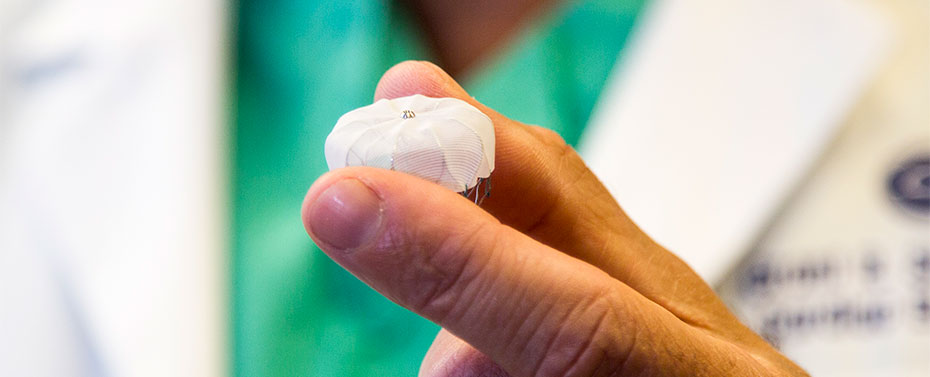
Atrial fibrillation, or AFib, is the most common abnormal heart rhythm that occurs as we age. It is a quivering or irregular heartbeat (arrhythmia) in the top chambers of the heart (atria). This condition can lead to blood clots, stroke, heart failure, and other complications.
Englewood Health offers several treatment options for this condition, including left atrial appendage closure with the Watchman Device. Our cardiovascular experts are highly skilled and experienced in implanting the Watchman Device.
Patients who can’t tolerate blood thinners are really in a tough situation because they need blood thinners to prevent stroke, but if they take blood thinners they have bleeding complications. For those with non-valvular atrial fibrillation who are seeking an alternative to warfarin, the Watchman implant offers a potentially life-changing stroke-risk treatment option, which could free them from the challenges of long-term warfarin therapy.
Dr. Grant Simons, Chief of Heart Rhythm Services
Watchman Device Program at Englewood Health
Your doctor can determine if you’re eligible for a Watchman Device. We identify and assess your condition using the latest diagnostic methods and technology, including advanced imaging modalities.
An Alternative to Blood Thinners
People with AFib are more likely to experience a stroke than someone with a regular heartbeat. That’s because AFib can cause clots to form in the left atrial appendage, a small sac in the muscle wall of your heart’s top left chamber. Traditionally doctors prescribe blood-thinning medications such as warfarin to reduce the risk of clot formation in the heart that can lead to a stroke.
The Watchman Device is a permanent implant that seals off the left atrial appendage, the part of the heart where these blood clots commonly form. It reduces stroke risk in people with AFib that’s not caused by a heart valve problem. In a clinical trial, 9 out of 10 people were able to stop taking warfarin within 45 days after getting the Watchman Device and had similar stroke reduction compared to those taking a blood thinner (warfarin).
With atrial fibrillation, you used to just have to live with it. Now there are ways to fix it. You don’t have to compromise on quality of life. There are options for treating your heart rhythm disorder with excellent results.
Dr. Asad Cheema, Medical Director, Cardiac Electrophysiology Laboratory
What to Expect During a Watchman Procedure
The Watchman Implant is about the size of a quarter, and it doesn’t require open-heart surgery. Your doctor will thoroughly explain the procedure, but it will generally follow these steps:
- Prepare for surgery: The procedure is done under general anesthesia and typically takes about an hour.
- Access your heart: Your doctor makes a small needle stick in your upper leg and inserts a narrow tube (catheter). We guide the Watchman Device through the tube into your left atrial appendage.
- Recover from surgery: You’ll usually stay in the hospital overnight and go home the next day. You’ll take warfarin until your left atrial appendage is permanently closed off (about 45 days). During that time, heart tissue grows over the Watchman implant to form a barrier against blood clots.
- Return for follow-up: You’ll have regular appointments with your cardiologist to ensure that the device is working properly.
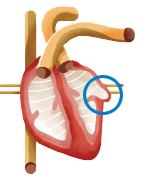
Watchman fits into a part of your heart called the left atrial appendage (LAA).

90% of stroke-causing blood clots that come from the heart are formed in the LAA.

Watchman permanently closes off this part of your heart to keep those blood clots from escaping.
Our Watchman Team
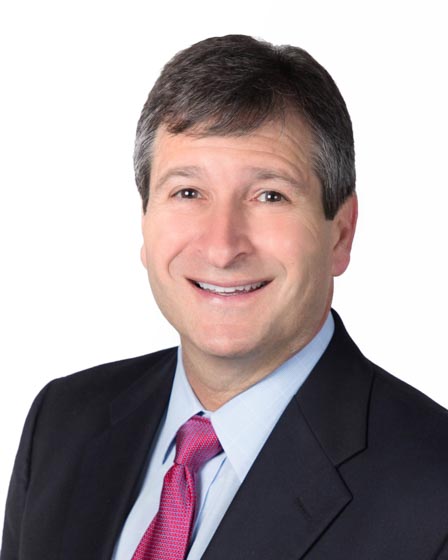
Grant R. Simons, MD
Chief, Heart Rhythm Services | Full profile
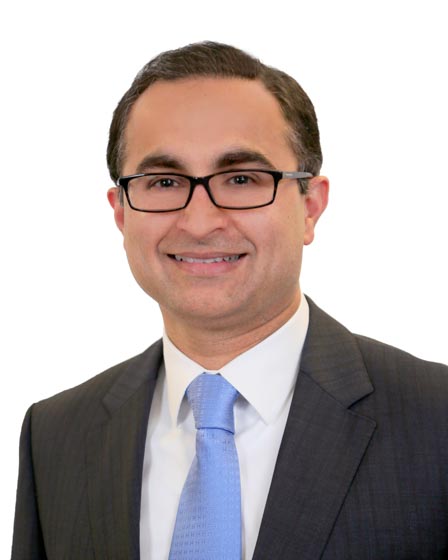
Asad Cheema, MD
Medical Director, Cardiac Electrophysiology Laboratory | Full profile
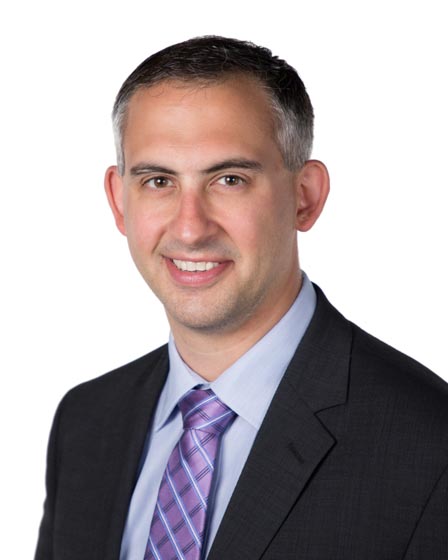
Ramin Hastings, MD
Medical Director, Structural Heart Program | Full profile
In addition to Watchman, our experienced team offers a range of advanced diagnosis and treatment options. Learn more about how we care for abnormal heart rhythms.
